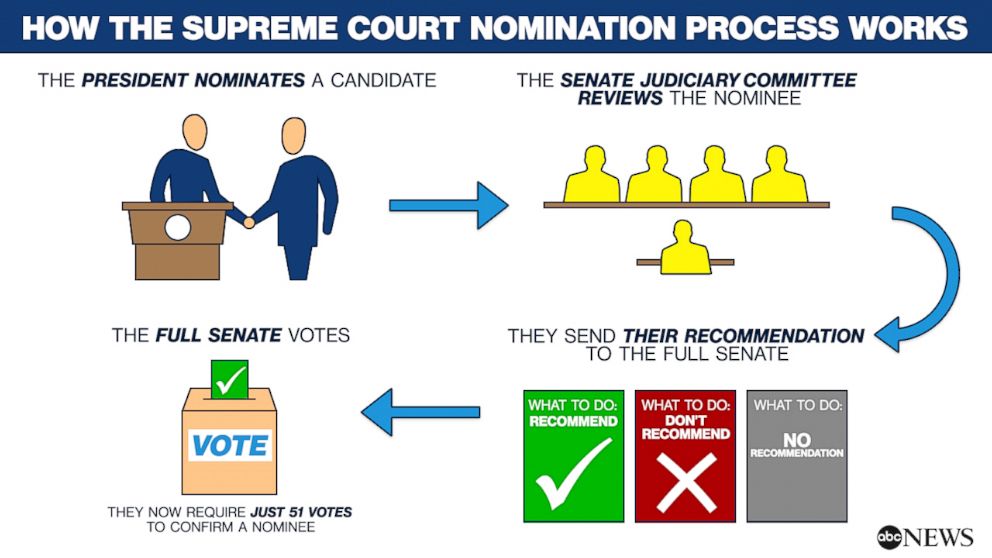Ketanji Brown Jackson shows how originalism is supposed to work
Jennifer Rubin
Justice Ketanji Brown Jackson outside the Supreme Court building in Washington last week. (Kevin Lamarque/Reuters) Justice Ketanji Brown Jackson outside the Supreme Court building in Washington last week. (Kevin Lamarque/Reuters)
Ketanji Brown Jackson, the newest Supreme Court justice and first African American woman on the court, made her presence known on Tuesday during oral arguments in a dispute over whether Alabama’s redistricting plan is illegal.
The case,
Merrill v. Milligan, centers on whether the state must create a second majority-Black congressional district. Alabama and, likely, the right-wing majority on the court say no, contending that the Voting Rights Act’s requirement to do so is unconstitutional. Jackson, however, blew up that argument, illustrating why she is such a potent intellectual force and why faux originalists trying to undo remedies for enduring racism have so much to lose.
First, some background: Republicans have been telling themselves a useful fiction, namely that racism has vanished, and any attempt to teach about the enduring effects or to remedy enduring discrimination is unfair to White people and is unconstitutional. We see the phenomenon in their contrived war against “critical race theory” in schools (even though it not taught to children).
Story continues below advertisement
Chief Justice John G. Roberts Jr. mouthed this notion in
a 2007 case: “The way to stop discrimination on the basis of race,” he
wrote, “is to stop discriminating on the basis of race.” The same reasoning echoed in his ruling in 2013’s
Shelby County v. Holder, which invalidated the preclearance provisions of
Section 5 of the Voting Rights Act. Republicans celebrated the latter decision, which reinforced their conviction that Whites are victims of government attempts to address the ongoing inequities suffered by Blacks and other disadvantaged groups.
Follow Jennifer Rubin's opinionsFollow
This is of a piece with white-grievance proponents’ infatuation with a single sentence from the Rev. Martin Luther King Jr.’s famous 1963 speech: “I have a dream that my four little children will one day live in a nation where they will not be judged by the color of their skin but by the content of their character.” This is often misconstrued as a condemnation of efforts to promote racial injustice, ignoring the rest of the speech and King’s life’s work. Indeed, King was dedicated to exposing enduring racism and devising legislative and moral responses to it. The result was, among other things, the Voting Rights Act of 1965, which specifically targeted measures that discriminated against Black voters in the South.
And that brings us to Jackson on Tuesday.
Mark Joseph Stern writes for Slate:
Story continues below advertisement
In a series of extraordinary exchanges with Alabama Solicitor General Edmund LaCour, Jackson explained that the entire point of the 13th, 14th, and 15th Amendments was to provide equal opportunity for formerly enslaved people, using color-conscious remedies whenever necessary to put them on the same plane as whites.
As Stern explains, this was a “masterclass” in originalism. And by that he means it was historically pristine originalism, not the faux originalism of the right-wing majority that cherry-picks its way through history to reach a desired partisan end.
Jackson took her colleagues through the history of the Civil War amendments, revisions to the Voting Rights Act in 1982 and even the
Report of the Joint Committee on Reconstruction from 1866. Jackson informed her colleagues: “The legislator who introduced [the 14th] amendment said that ‘unless the Constitution should restrain them, those states will all, I fear, keep up this discrimination and crush to death the hated Freedman.’ ” Jackson observed, “That’s not a race-neutral or race-blind idea in terms of the remedy.”
To borrow from the late Justice Ruth Bader Ginsburg, who once
chastisedRoberts for “throwing away your umbrella in a rainstorm because you are not getting wet”: The Constitution does
not bar Congress from giving umbrellas to those who’ve been rained on for centuries.
Story continues below advertisement
The right-wing’s fixation on a “colorblind” society serves to strip Congress of the power under the 14th Amendment to address discrimination. The right-wing justices are so determined to show the Constitution to require their “colorblind” result that they’ve ignored the history, meaning and intent of the document they claim to revere.
The court’s six-justice conservative majority has shown repeatedly that it has the votes to achieve the radical, partisan outcomes it desires, so it need not make convincing arguments — or even coherent ones (see it’s ruling
overturning abortion rights). That’s what makes Jackson’s remarks so effective. Essentially, she said, “I’m making sure everyone understands what is going on here.”
She might have made it more difficult for the court to adopt Alabama’s extreme position. Election law guru Rick Hasen observes that “there did not appear to be any appetite on the Court for Alabama’s constellation of radical arguments, including one that would require proof of racially discriminatory intent to require the creation of a minority opportunity district.” He continues: “That would lookradical: the Court would be overturning decades of precedent, beginning with the Court’s 1986 decision in Gingles, which sets up a three-part threshold test for [Voting Rights Act] redistricting claims, followed by a look at the totality of the circumstances.” Instead, the court is likely to finesse its decision to ostensibly leave Gingles in place but make it near-impossible for plaintiffs to succeed in Voting Rights Act claims.
Story continues below advertisement
Jackson’s analysis is not new. Voting rights advocates have been making similar arguments for years. But rarely — if ever — has a member of the court so authoritatively and definitively used the relevant legislative and constitutional history to demolish the “colorblind” charade. And doing so with a purely originalist interpretation made it much more powerful.
No wonder Republicans were so desperate to keep her off the court. To the dismay of the senators who sneered at her qualifications (insisting that President Biden’s
decision to limit potential nominees to Black women meant he would select someone of lesser quality), she demonstrated that she not only deserves to be there but that
there is no better judge out there who can stand up to Republicans as they try to systematically dismantle civil rights.
Jennifer Rubin writes reported opinion for The Washington Post. She is the author of “Resistance: How Women Saved Democracy from Donald Trump.”
Twitter
Follow Karen Attiah
Sign up to get email alerts every time Karen Attiah publishes and receive her weekly newsletter.




